Lifestyle
Power Of Plants: 5 Things You’ll Want To Remember (And Tell Everyone You Know) About Quinoa
6min read
From the Andean mountains to outer space (really), this seed-come-cereal-come-grain is pretty special indeed – keep reading to discover why we’re obsessed.
There are three main types of tasty and nutritious quinoa: white, red and black (all pronounced Keen-Wah). Let’s see why this food is far more significant than you might think at first glance.

1. The ancient history of quinoa
The recent surge in popularity that quinoa has seen in western cooking over the past 15 years could forgive you in thinking it’s a recent ‘discovery’. In reality, it’s been growing in its native South America for around five thousand years.
The crop, which has been welcomed into the larger grain family as a naturally gluten-free cousin, is technically more of a seed as it’s cultivated from the flowering quinoa plant of the Amaranth family. It isn’t hard to imagine that quinoa is an especially hardy and undemanding crop when you learn its native home ranges from the high altitude of the Andes right across the vast, and often freezing, planes of Bolivia and Peru right up to the western coastline.
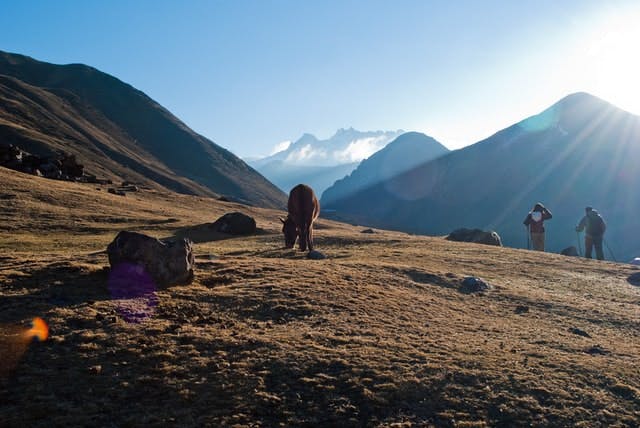
The plant has been protected by the Andean people through the millennia; through Inca and European invasions and the changing world, but it has remained a staple and reliable food source for the inhabitants of its extreme natural environment.
The UN General Assembly recognised the crop’s sheer significance and named 2013 the ‘International Year of Quinoa’. This was in respect of the ancestral practices of the Andean people, namely the Quechua and Aymara descendants that have preserved the food for today, and tomorrow’s generations by understanding how to live in harmony with nature.
2. How quinoa could provide global food security
A secondary aim of the UN naming 2013 as quinoa’s year was to let the world know that this ancient crop could play a massive part in tackling global food security in the near future.
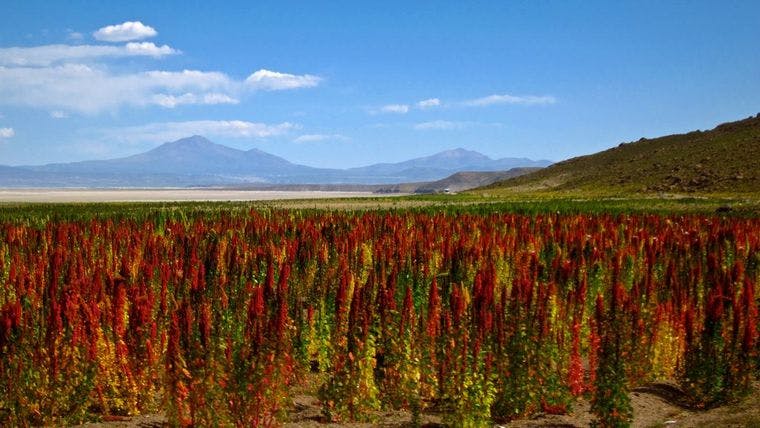
Photo credits: Popular Science
The successful expansion of the crop to other parts of the world over the last 40 years has led to the plant being heralded a potential saviour for global food security, due to its essential nutrition and potential to see the eradication of poverty. The agricultural versatility of quinoa is especially relevant in regions of the world where crop cultivation is limited by high altitude, low humidity, the volume of arable land and communities who have a significant lack of protein in their diets.
This is a real success story for quinoa considering the crop was almost lost forever during the Spanish invasions of South America in the early 1500s. Along with small numbers of indigenous people, quinoa remained safe and protected in the highest and most hidden parts of the Andes. In an effort to remove all traces of Incan culture, Explorer Francisco Pizarro destroyed all the quinoa fields his soldiers could find. In these secret parts of the mountains, quinoa stayed hidden, protected and cultivated until it was reintroduced to the modern world in the 1970s.
3. Quinoa’s nutritional superpowers
It’s even caught the attention of astronauts and has been labelled as a suitable crop to grow in outer space for its varied nutritional content and ease of cultivation and cooking (not to mention tasty if they’ve tried our Golden Sesame Satay).
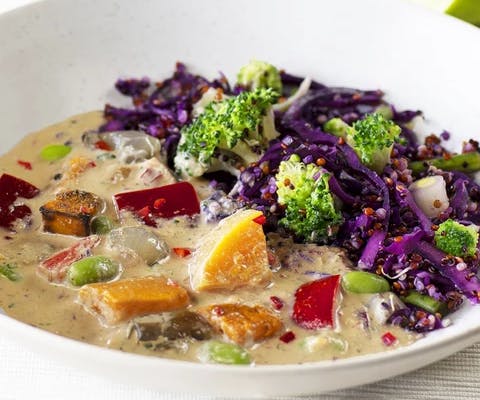
According to Healthline, the nutrient content in 185 grams of cooked quinoa equals 222 calories, 39 grams of carbohydrates, 4 grams of fat and small amounts of omega-3 fatty acids. As well as:
- 8 grams of protein (around twice the amount for the same weight of rice)
- 5 grams of fibre
- 58% of the recommended daily allowance of manganese
- 30% for magnesium
- 28% for phosphorus
- 19% for folate
- 18% for copper
- 15% for iron
- 13% for zinc
- 9% for potassium
- And over 10% of the RDA for vitamins B1, B2 and B6
- Small amounts of calcium, B3 and vitamin E
In 1993 NASA declared quinoa a nutritionally significant food, an early forerunner in the recent wave of superfoods from the last few decades. Researchers from NASA claimed that it might be the closest food in the plant or animal kingdom that could supply ‘all the essential life-sustaining nutrients’.
There were initial worries that the surge in popularity of quinoa in wealthy countries across the globe might deprive its native and historic consumers. Fortunately, this wasn’t the case as research from Bolivia’s government showed that through the international surge in quinoa’s demand grew, the malnutrition rate in the region shrunk. This was largely due to local farmers and smallholders being able to sell excess crops in order to buy more of other important foods like fruits and vegetables.
4. Quinoa’s secret health benefits
As well as its pretty hefty nutritional CV, quinoa has plenty of health benefits that far exceed our daily vitamin and mineral intake.
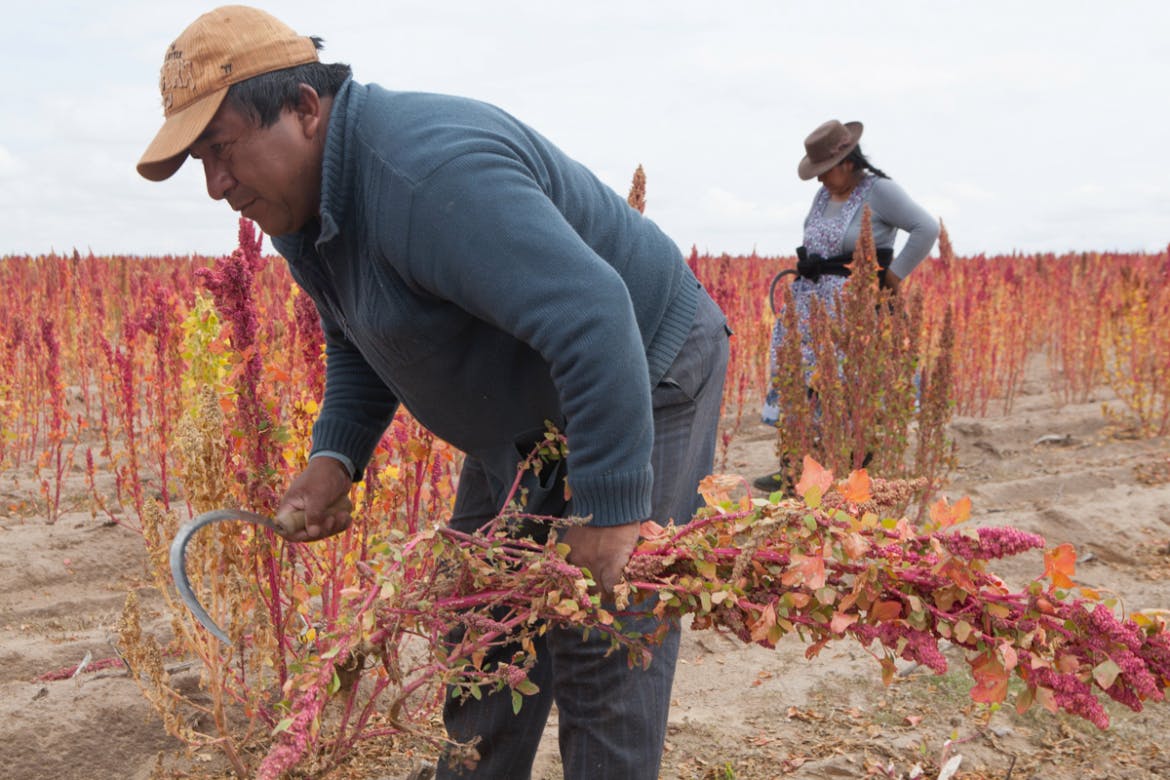
Photo credits: Al Jazeera
- It’s naturally gluten-free, so a far healthier choice compared to foods made from refined starches that have had gluten removed from them
- It’s considered a complete protein which means that it contains all nine essential amino acids (the ones that your body can’t produce) and it is a rare quality in plants. Not only this, but you get a considerable amount of protein per gram too
- Quinoa has a far greater fibre content than most of the grains it’s commonly compared to. This can help reduce blood sugar levels, lower cholesterol and improve general digestive health
- As part of a well-balanced diet and an active lifestyle, quinoa can aid weight loss. This is mostly caused by its high protein content which helps boost metabolic activity as well as reducing appetite, helped by its high fibre content too, which leaves you feeling more full
- You’ll find trace amounts of plant-nutrients, flavonoids (including quercetin and kaempferol) in quinoa. Even though they don’t exist in abundance, a small amount has big anti-inflammatory and anti-viral properties
5. Plant-based recipes that prove how versatile Quinoa really is
Last but not least, it’s really tasty.
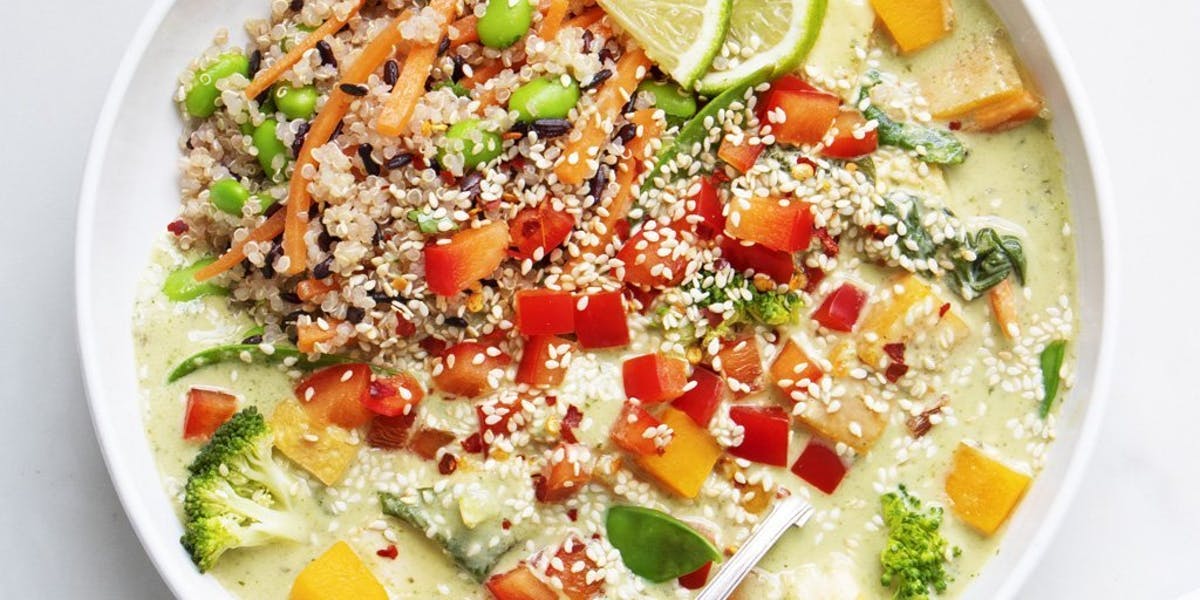
What would have this exploration of quinoa been for if it didn’t include some delicious vegan recipes that you can try this week? Whether you’ve been stocking it in your cupboards for years or it’s a relatively new personal discovery, here are a few recipes to add to your repertoire.
Our vegan Thai Green Curry
This Thai Green Curry is one of our most popular dishes, so much so that after six months of perfecting, we shared the recipe so the magic can be recreated at home. It’s a light, fragrant curry that’s filled with tofu, butternut squash, mangetout, broccoli and, of course, quinoa.
allplants Golden Sesame Satay
I joked earlier that this recipe might have inspired NASA to consider growing quinoa in outer space. That might have been a slight oversaturation, but we certainly think it's more than dinner party-worthy (no matter if your guests are extraterrestrials or uni friends).
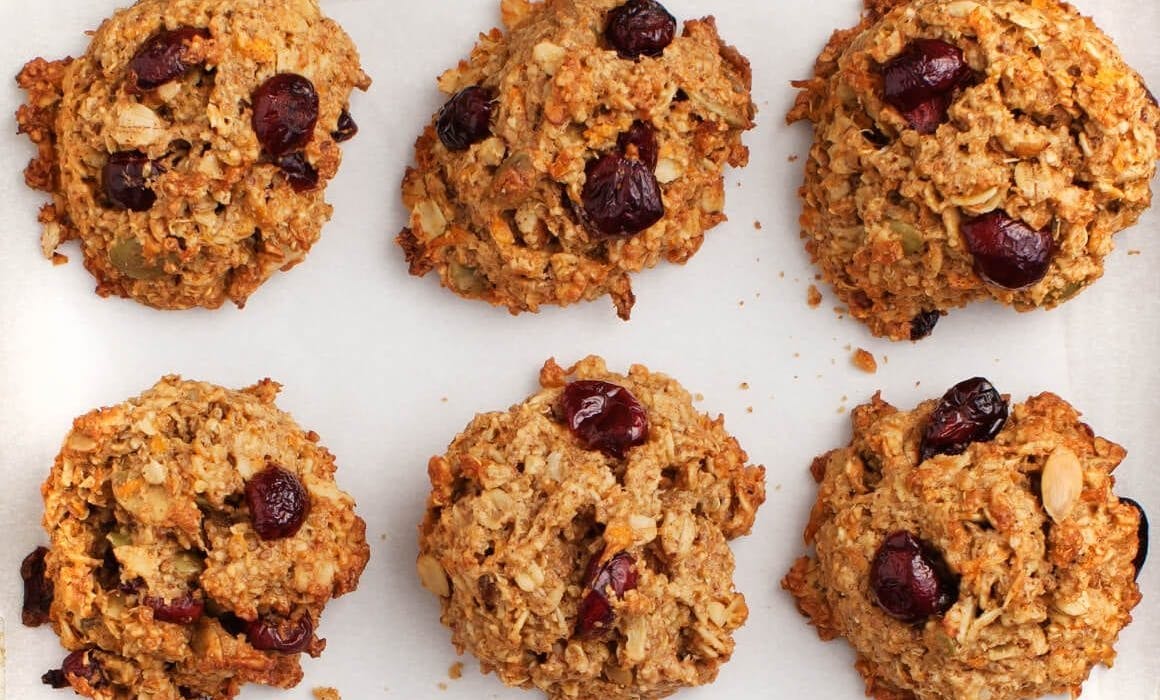
Photo credits: Love and Lemons
Quinoa breakfast cookies
This last recipe comes from Love and Lemons and is everything we love about food, it’s quite literally breakfast cookies. What more can you ask for? You can imagine just how jam-packed these cookies are with nutrients and goodies – definitely something I’ll be reminding myself when I reach for my third helping.
All that’s left to do now is dig out your quinoa and get cooking!
By Fabian Jackson
Fabian is one of our lovely Content Marketing Assistants who loves writing almost as much as he loves coffee, old episodes of Escape to the Country (no judgement here), and cooking up a storm in his kitchen.
Let us take care of dinner
We help to make eating more plants easy and delicious. Fancy letting us take care of dinner? Check out our delicious meals here.
Shop now
